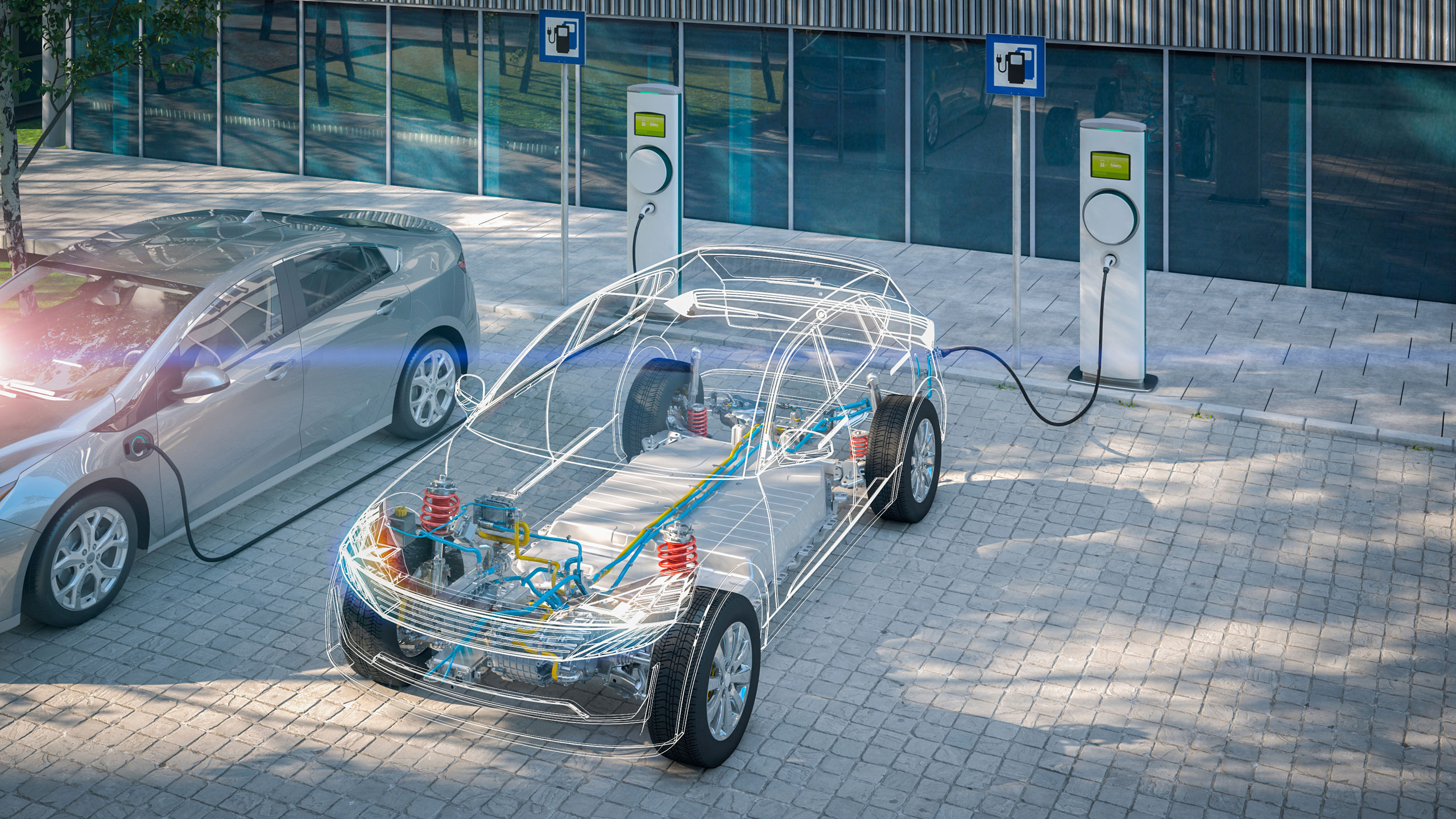SEMA Compiles Talking Points in Opposition to EPA's Pursuit of New Emissions Standards

The U.S. Environmental Protection Agency (EPA) recently issued proposed new federal emissions standards for motor vehicles model-years '27 to '32 last week, which are intended to dramatically increase sales of electric vehicles (EVs).
As a result, the EPA estimates that two-thirds of new passenger vehicles sold in the United States would be EVs by 2032 under its proposed standards. SEMA opposes the proposed rule as currently written. More detail is provided below in the talking points and at the button's link.
BACKGROUND
- The EPA recently proposed rules requiring light-duty vehicles to meet increasingly stringent emissions reductions for model-years '27 through '32 (see table at the end of this document for more detail).
- It has also eliminated an exemption provided to low-volume car manufacturers (those that produce fewer than 5,000 vehicles a year).
- The proposal, as drafted, is essentially the knock-out punch to the internal combustion engine (ICE) technologies the specialty automotive aftermarket has built its industry around.
- The Biden Administration estimates this proposal will result in two out of three new vehicles sold in the United States being electric by 2032. The proposal is not technology neutral, as the EPA and White House suggest.
- Ultimately, if these regulations are implemented, it will likely lead to more government subsidies to large automakers to manufacture EVs and for consumers to purchase them.
- We have already witnessed massive government subsidies to implement the infrastructure to support EVs:
- The Infrastructure Bill that became law in 2022 funded 500,000 EV charging stations nationally.
- The Inflation Reduction Act of 2022 financially incentivized Americans to purchase EVs.
- Government policies should support the work of small-business innovators that employ millions of Americans by letting the market and innovation drive solutions to the environmental challenges we all seek to solve.
- The unintended consequences of these regulations will be extremely far-reaching, adversely impacting rural and urban vehicle owners and reducing consumer choice.
- The proposal intends to lower carbon emissions in a way that essentially forces EVs to become the only option for automakers to produce and consumers to purchase. Given the subsidies in place for EV purchases and production, EVs are the de facto choice to achieve the rulemaking's climate goals, as other options, such as hydrogen, new synthetic fuels and multiple renewables, do not enjoy a level playing field of subsidies.
- SEMA believes the government should not pick winners and losers regarding automotive technologies and that the market should drive technology solutions. The current proposal places the federal government's thumb squarely on the scale for EVs.
- This proposal flies in the face of consumers having the freedom to purchase the vehicles that best suit their personal needs and the needs of their families.
- It also discriminates against consumers in rural markets with limited EV infrastructure and against consumers who drive long distances for work and other daily necessities, making EV charging stations less accessible.
- Urban consumers will also be heavily disadvantaged in an EV-centric market with limited access to charging stations for those who park on streets or parking garages that can't fully equip themselves with necessary charging stations.
- The proposal would treat hybrids unfairly, essentially blocking them out of the marketplace and defining them as "dirty."
- A dozen states have recently introduced or passed legislation or resolutions affirming support for the internal combustion engine and for government to remain technology-neutral in the debate to reduce automotive emissions. The federal government should follow the states' lead.
- Small businesses will be most vulnerable to the disruptions caused by a seismic shift to battery-electric vehicles.
- According to the most recent Census Bureau tally of the almost 1,200 auto engine and transmission parts suppliers in the United States, more than 60% had 20 or fewer employees. These companies often make specialized components, operate on tight margins and rely on long-term contracts.
- Ninety-five percent of SEMA's business members are small businesses.
- They employ American workers with technical skills and create the often politically celebrated blue-collar jobs.
- The specialty automotive aftermarket has led technology innovation, making vehicles more fuel efficient, safer and more appealing to consumers.
- Large automakers are losing billions a year in their EV programs, despite the massive financial infusion of taxpayer dollars they receive from the government and subsidies to purchase EVs.
- If the large manufacturers are struggling, how are small businesses expected to survive?
- Lowers the allowable emissions from ICE-powered vehicles over the course of five years by about 13% each year (see table at the end of this document for more detail).
- Creates an allowable limit for the fleet of vehicles produced by a single manufacturer that can only be met by a significant percentage of the fleet being EV.
- Vehicle emissions would only measure the vehicle's tailpipe and evap emissions. It will not include calculations with regard to the carbon footprint of the battery manufacturing or the power plant generating the electricity, or its future recyclability.
- New GHG standards would significantly reduce the allowed fuel consumption from bigger footprint cars forcing automakers to produce smaller cars. This would exacerbate the spread between what the consumer wants and what would be available for sale, likely leading to significant financial problems for the manufacturers.
